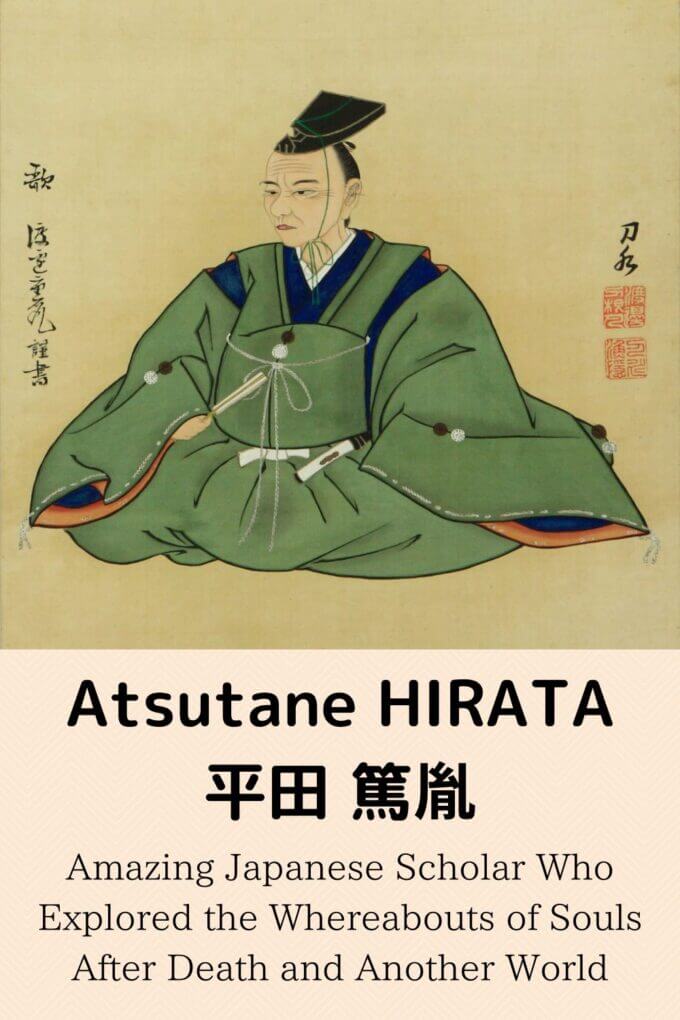
Atsutane Hirata (1776-1843) was born in Nakayachi-Cho under Kubota Castle in Akita County (present-day Nakadori 4-chome, Akita City, Akita Prefecture, Japan) as the fourth son of Seibei Toshitane Owada, who was the head of the Ooban-gumi (One of the military departmental positions established in the Edo shogunate) in the Kubota domain in Dewa Province (present-day Yamagata and Akita Prefectures).
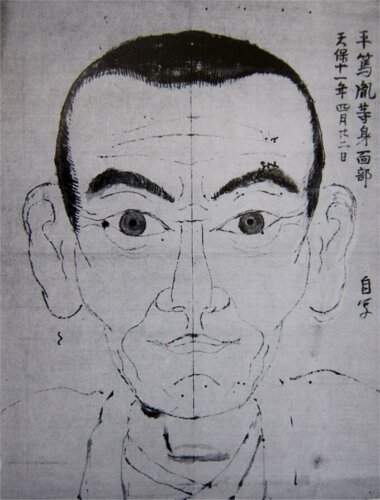
In Akita, Atsutane had an unfortunate childhood in which he was not raised by his parents due to poverty and was almost an abandoned child.
Therefore, at the age of 20, Atsutane left the Kubota clan on January 8, 1795, abandoning his hometown and running away to Edo ( present-day Tokyo). This is said to be in reference to the legend of the time that those who left their homes on January 8 would never return to their hometowns again.
After arriving in Edo, Atsutane studied hard while working as a rice cook for Kabuki actor Ichikawa Danjūrō V, a sansuke (a worker at a public bathhouse), and a hikeshi (a member of a firefighting organization), and learned Western medicine, geography, and astronomy.
Then, Atsutane worked as a servant for Hirata Tobei Atsuyasu, a warrior of the Bitchu Matsuyama clan and a Yamaga-ryu (Yamaga school of military science) scholar living in Edo (present-day Tokyo). In 1800, when Atsutane was 25 years old, Tobei recognized his talent and adopted him as his own son.
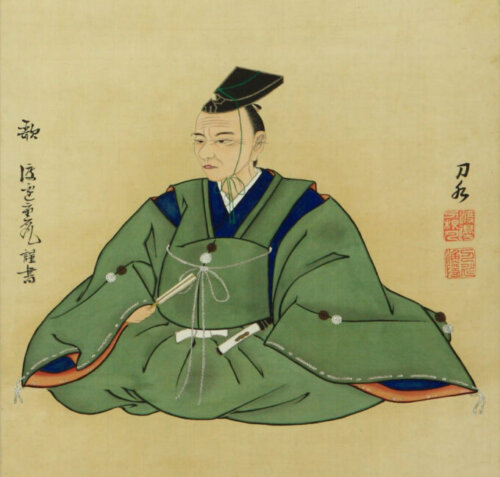
In 1803, at the age of 28, Atsutane was awakened to the study of Kokugaku after reading a book by Norinaga Motoori, which his wife had bought for him.
Kokugaku is the study of ancient Japanese thought, culture, and spirit based on ancient Japanese classics such as Kojiki and Manyoshu, and led to the idea of returning to the unique spirit of the Japanese people before the influence of Confucianism and Buddhism, which came from China.
At that time, it had already been two years since Norinaga’s death. However, Atsutane claimed that he met Norinaga in a dream and was allowed to become a disciple of Norinaga, calling himself “a disciple after Norinaga’s death.
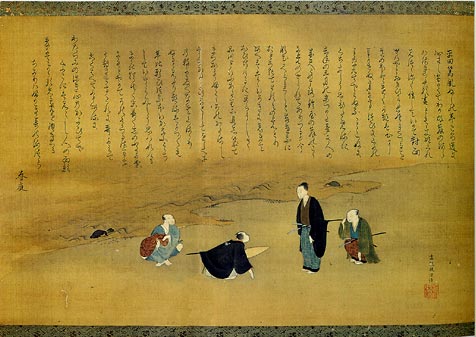
Atsutane’s academic interests were wide-ranging, and he studied extensively on Yi-gaku, Dutch studies, Buddhism, Confucianism, Taoism, Christianity, and so on. He also absorbed new Western knowledge voraciously, and became well versed in Latin, calendar studies, world geography, military science, etc. He also studied molecular theory, cosmology based on the geocentric theory of Nicolaus Copernicus, and Isaac Newton’s universal gravitation. In addition, he witnessed autopsies for the study of Western medicine.
However, Atsutane’s greatest academic interest was the search for the whereabouts of souls and the hidden mystical world.
In the fall of 1820, when the appearance of Torakichi, a tengu boy who claimed to have been taken away to another world by a tengu, became a topic of conversation in Edo, Atsutane adopted Torakichi as his adopted son, conducted a detailed interview with Torakichi to learn more about the another world, and published his findings in 1822 as “Senkyo Ibun” (A Tale of the Mysterious World).
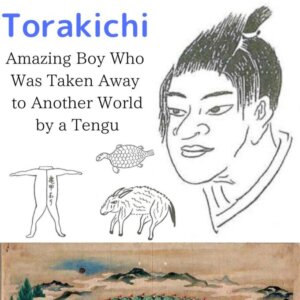
In 1823, Atsutane also interviewed Koyata Katsugoro, a farmer in Tama County, Musashi Province, who had died and been reborn, and published his findings in “The Rebirth of Katsugoro.”

In 1820, Atsutane pointed future researchers in the direction of folklore with his “Shin Kijin Ron,” a collection of yokai and folklore stories.
Atsutane also copied and treasured “Inao Bukkairoku,” a record of supernatural phenomena caused by yokai experienced over a period of 30 days by a samurai named Masayoshi Inao in 1799, when he was 16 years old.
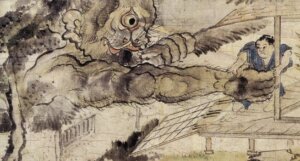
Atsutane’s theories were not only directed to scholars and intellectuals, but also to the general public, and thus he was supported by the common people.
In 1804, Atsutane opened Masugenoya (later Ibukinoya) as a school for Kokugaku study, and opened its doors to anyone, regardless of status, who loved learning.
He is said to have written as many as 1,000 volumes of works before being banned by the shogunate in his later years.
Even after Atsutane’s death, the number of students at his school numbered approximately 4,200.
Atsutane’s research into another world had a tremendous influence on later Japanese research into yokai and another world, and in particular, his restoration of the purely ancient Japanese Shinto religion, Fukko Shinto, was the catalyst for the spiritual renaissance in Japan that followed.
Published on March 27, 2022
Written by OTAKUPAPA

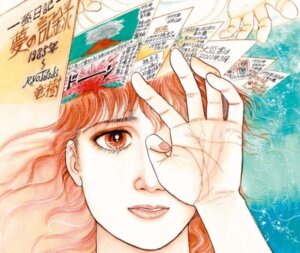
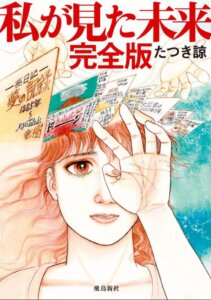
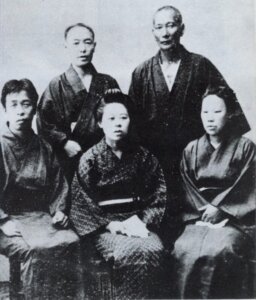
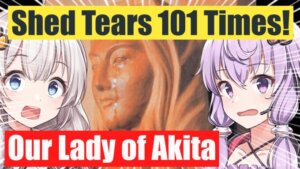
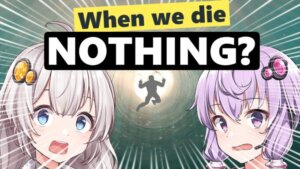
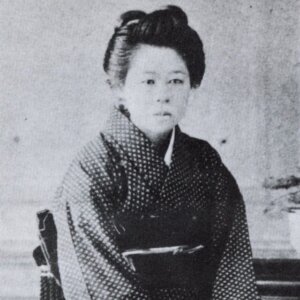
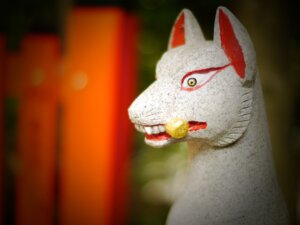

Comments